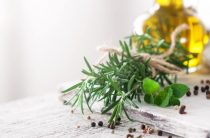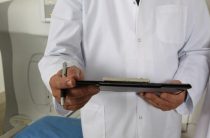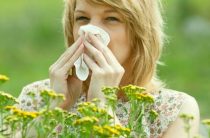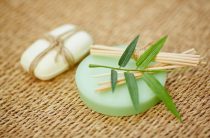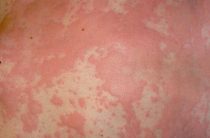From March to May, oak, birch, ash, alder, and hazel blossom. In June, the flowering of fescue, foxtail, bluegrass, timothy and ryegrass begins. From July to October - flowering is the most dangerous for everyone who suffers from allergies, wormwood and (especially) ragweed, as well as quinoa, white mari and other weeds.
Annual spring runny nose
A person whose immune system reacts to at least a few of the plants (their flowering) will literally fall out of life for this time. Manifestations of allergies are sometimes so strong that they cancel the opportunity to work, walk, reducing life to a closed home neighborhood.
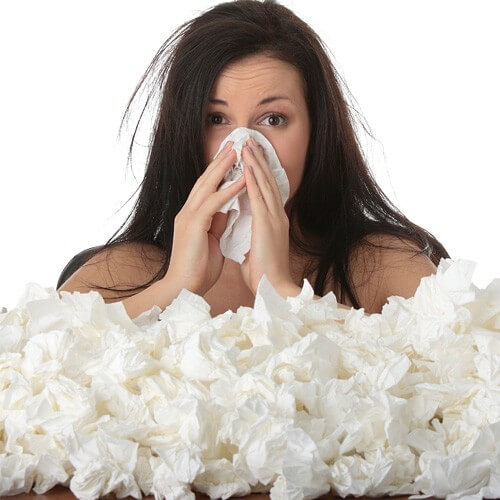
Plant allergy negative is high but can be dealt with if:
- Build a competent practice of behavior during the active flowering of agents.
- Detect allergies and the plants that cause them as early as possible.
- Get a course of treatment.
The first two conditions remain the most difficult in an allergy control program. Firstly, because the observance of all the conditions of a hypoallergenic life with hay fever must be strict. Secondly, it is possible to determine all flowering products, stimulating signs of allergy, only according to the results of the examination.
Colds or allergies?
The third challenge is collaborative. The patient himself can suspect an allergy, verify - an allergist . The symptom complex in reactions to flowering is very similar to a cold. Allergies are:
- redness of the eyes, swelling of the eyelids, tearing;
- rhinitis and nasal congestion;
- frequent sneezing, feeling of heaviness in the head;
- lethargy, fatigue, arthralgia;
- paroxysmal cough (indicates that the allergy has already passed into the stage of asthmatic progress).
Allergy is distinguished from ARVI by normal temperature and a clear relationship between the causes of reactions and flowering time. If for several years in a row at the same (approximately) time a person suffers from related symptoms of a cold and an allergy, then this is hay fever.
It remains to find out what kind of flowering it causes. For these purposes, special tests are carried out:
- nasal, respiratory provocation;
- skin applications;
- minimally invasive tests (scarification, punctures with the introduction of flowering products).
Having a list of flowering products that provoke a malfunction of the immune system, you can proceed to building an effective protection program and sign up for a winter / autumn course of allergy injections.
How to protect yourself from seasonal rhinitis?
Tactics of independent behavior for the flowering period to reduce the manifestations of allergies:
- avoid going outside in the morning, with strong winds, in dry weather;
- keep the windows closed during the flowering period (airing in calm weather, in the late afternoon, it is advisable to hang the windows with wet gauze);
- returning home, undergo treatment - shower, washing, rubbing the eyes / nose with a salt solution;
- avoid drying clothes during flowering in open areas (allergies also occur upon contact with them).
What can an allergist do?
Allergies are treated with a method called ASIT. It includes up to 5 courses of injections. The program provides for the introduction subcutaneously to a person (and not through the mucous membranes, as occurs with the provocation of an allergy) of small doses of provocateurs (extracts of a plant whose flowering causes reactions). The dosage increases progressively, and the artificial excitation of the reaction to flowering is performed in an unusual period for the immune system - winter, autumn.
As the human body gets used to the introduced allergy agents, its reactions during the flowering period are significantly reduced. Already after two courses, more than 80% of those treated note a noticeable improvement in the quality of "getting along" with allergies and the almost complete absence of its strong manifestations.
